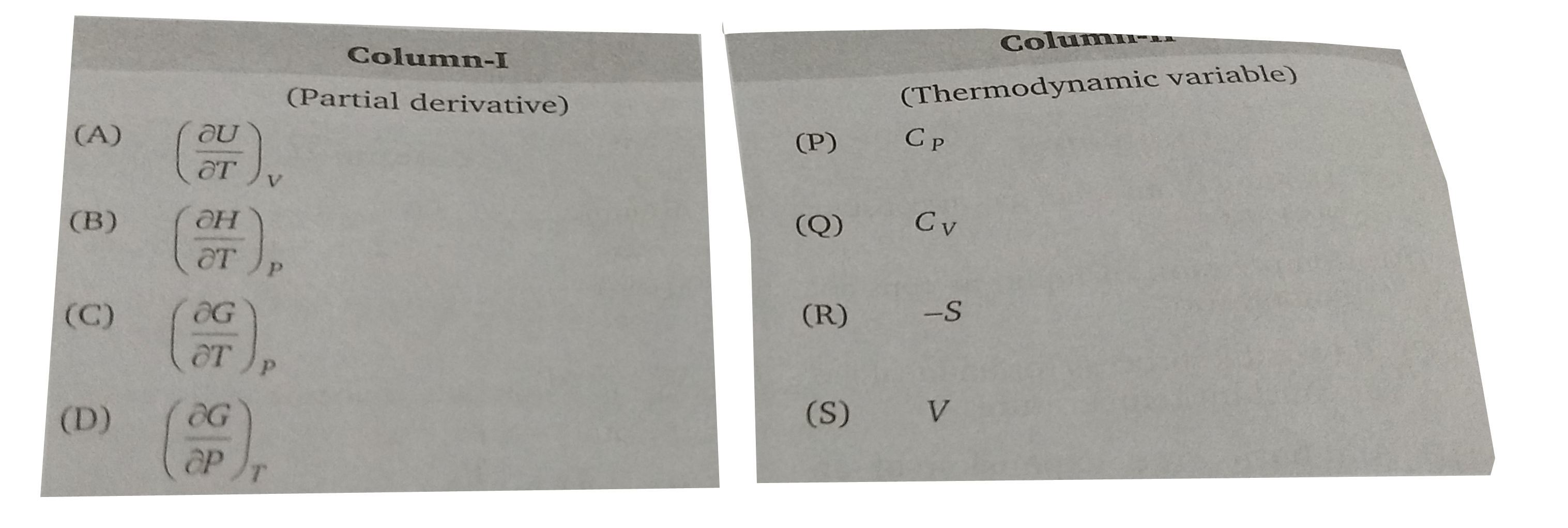Find out % of oxalate ion ina given sample of an alkali metal oxalate salt, 0.30g of it is dissolve in 100mL water and its required 90mL OF N /20 KMnO4 solutionSolution in Telugu
66
0.55
0.44
0.066
The correct Answer is:A
Step by step video & image solution for Find out % of oxalate ion ina given sample of an alkali metal oxalate salt, 0.30g of it is dissolve in 100mL water and its required 90mL OF N /20 KMnO_(4) solution by Chemistry experts to help you in doubts & scoring excellent marks in Class 11 exams.
Updated on:21/07/2023Topper's Solved these Questions
- STOICHIOMETRYBOOK - NARENDRA AWASTHICHAPTER - STOICHIOMETRYEXERCISE - Level 1 (Q.181 To Q.200)
20 Videos
- STOICHIOMETRYBOOK - NARENDRA AWASTHICHAPTER - STOICHIOMETRYEXERCISE - Level 2 (Q.1 To Q.30)
30 Videos
- STOICHIOMETRYBOOK - NARENDRA AWASTHICHAPTER - STOICHIOMETRYEXERCISE - Level 1 (Q.121 To Q.150)
30 Videos
- SOLID STATEBOOK - NARENDRA AWASTHICHAPTER - SOLID STATEEXERCISE - Level 3 - Subjective Problems
1 Videos
- THERMODYNAMICSBOOK - NARENDRA AWASTHICHAPTER - THERMODYNAMICSEXERCISE - Level 3 - Match The Column
2 Videos
Similar Questions
Calculate the mass of anhydrous oxalic acid, which can be oxidised to CO2(g) by 100mL of an MnO4− solution, 10mL of which is capable of oxiding 50mL of 1NI− to I2.
View SolutionA mixture of NH4NO3 and (NH4)2HPO4 coitain 30.40% mass per cent of nitrogen. What is the mass ratio of the two components in the mixture ?
View SolutionWhat are the oxidation number of nitrogen in NH4NO3?
View SolutionIonic solid Na+A− crystallise in rock salt type structure . 2.592 gm of ionic solid salt NaA dissolved in water to make 2 litre solution . The pH of this solution is 8. If distance between cation anion is 300 pm . Calculate the density of ionic solid (Pkw=13 Pka=13)
View SolutionMatch the following columns

View SolutionCalculate the percentage of oxalate ion in a given sample of oxalate salt of which 0.6 g dissolved 100 " mL of " water required 90 " mL of " (M)/(100)KMnO_(4) for complete oxidation.
View Solution0.3 g of an oxalate salts was dissolved in 100 mL solution. The solution required 90 mL of N//20 KMnO_(4) for complete oxidation. The % of oxalate ion in salt is:
View SolutionFind out % of oxalate ion ina given sample of an alkali metal oxalate salt, 0.30g of it is dissolve in 100mL water and its required 90mL OF Centimolar KMnO_(4) solution in aicdic medium:
View Solution0.5 g of an oxalate was dissolved in water and the solution made to 100 mL. On titration 10 mL of this solution required 15 mL of N20KMnO4. Calculate the percentage of oxalate in the sample .
View Solution0.25 g of an oxalate salt was dissolved in 100 mL of water. 10 mL of this solution required 8 mL of N/20KMnO4 for its oxidation. Calculate the percentage of oxalate in the salt.
View SolutionFind out the percentage of oxalate in a given sample of an oxalate salt of which when 0.3 g were dissolved in 100 mL of water required 90 mL of N//20 KMnO_(4) solution for complete oxidation.
View Solution0.5 g o fan impure sample of oxalate was dissolved in water and the solution made 100 mL on titration 10 mL of this solution requared 15 mL of N//20 KMnO_(4) solution . Calculate the percentage of pure oxalate in the sample
View Solution0.5 g o fan impure sample of oxalate was dissolved in water and the solution made 100 mL on titration 10 mL of this solution requared 15 mL of N//20 KMnO_(4) solution . Calculate the percentage of pure oxalate in the sample
View Solution10 g of oxalate was dissolved in 300 mL of solution. This solution required 250 mL of (M/10)KMnO_(4) in acidic medium for complete oxidation. The percentage purity of oxalate ion in the salt is :
View Solution0.5 gm of an oxalate was dissolved in water and the solution raised to 100 ml. 10 ml of this solution when titrated with N/20 KMnO4 required 10 ml of KMnO4. Calculate the % of oxalate ion in the sample. (K = 39, Mn = 55)
View SolutionFind out the % of oxalate ion in given sample of oxalate salt of which 0.3 g is present in 100 mL of solution required 90 mL. N//20KMnO_(4) for complete oxidation.
View Solution
